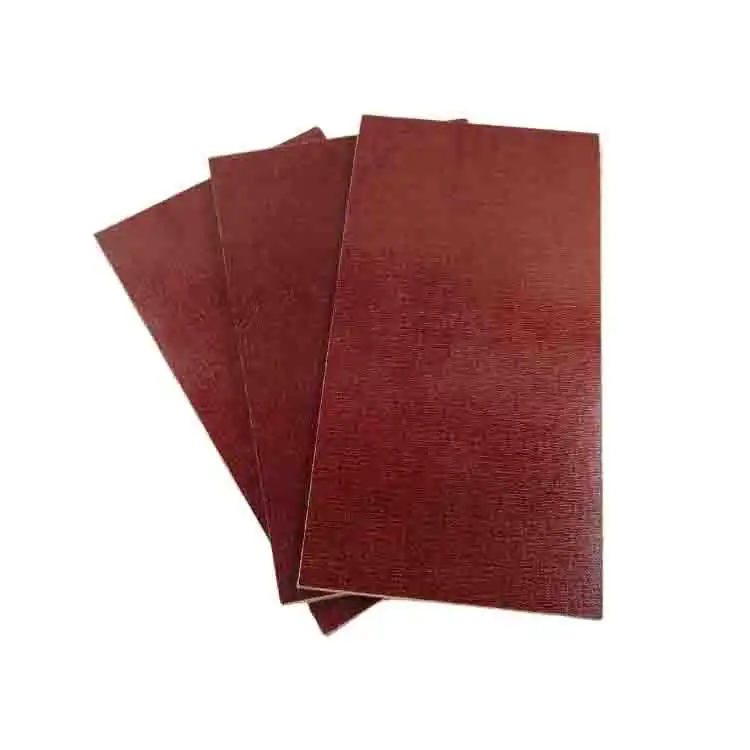What Is the Lifespan of 3240 Epoxy Sheets in Industrial Use?
2024-07-18 09:31:56
Introduction
Due to their outstanding mechanical strength and electrical insulation properties, 3240 epoxy sheet is frequently used in industrial applications. However, engineers and professionals in the field frequently inquire about the lifespan of these materials. How long can 3240 epoxy sheets last without needing to be replaced? In this blog, we will go into detail about this question by looking at the various factors that affect the lifespan of 3240 epoxy sheets, the most common problems that can affect their durability, and the best ways to make them last longer.
What Factors Affect the Lifespan of 3240 Epoxy Sheets?
1.Natural Circumstances
The life expectancy of 3240 epoxy sheets is essentially impacted by the natural circumstances in which they are utilized. Temperature, humidity, and chemical exposure all play a significant role. For example, high temperatures can speed up the debasement of epoxy materials. The majority of 3240 epoxy sheets are made to withstand temperatures up to 155°C, but over time, prolonged exposure to high temperatures can make them less effective. Similarly, excessive moisture can result in hydrolysis, which compromises the sheets' structural integrity.
Synthetic openness is another basic component. In modern settings, it could come into contact with different synthetic compounds, including solvents, acids, and antacids. Chemical reactions involving these substances may degrade the epoxy resin, reducing its mechanical strength and electrical insulation properties. It is absolutely necessary to select the products that have been specially formulated to withstand the kinds of chemicals that will be encountered in their intended use.
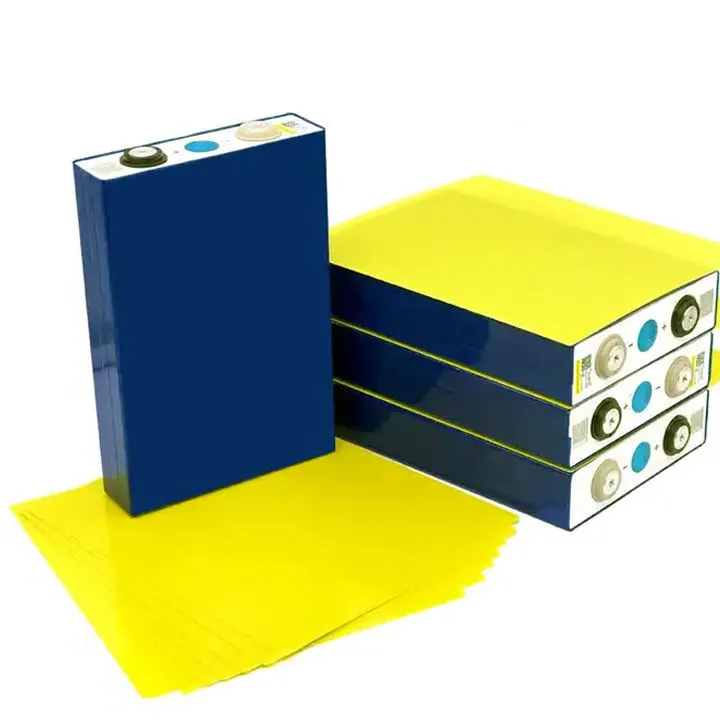
2.Mechanical Pressure and Burden
Mechanical pressure and burden are unavoidable in modern conditions, where 3240 epoxy sheet frequently act as protecting hindrances in electrical hardware, mechanical backings, or primary parts. Their lifespan can be significantly impacted by the amount and type of mechanical stress they experience. Epoxy material fatigue and eventual cracking or deformation can result from heavy or continuous mechanical loads. To ensure durability, it is essential to evaluate the application's mechanical requirements and select the products with the appropriate thickness and mechanical strength ratings.
3.UV and Radiation Exposure
It may be subjected to UV light or other forms of radiation in some industrial applications. The epoxy may crack over time as a result of UV exposure. Radiation, especially in atomic or space applications, can prompt sub-atomic changes in the epoxy gum, influencing its mechanical and protecting properties. Epoxy sheets that are UV-stabilized or resistant to radiation can help reduce these effects and extend their lifespan.
What Are Common Issues That Can Affect the Durability of 3240 Epoxy Sheets?
1.Thermal Degradation
One of the most prevalent issues that it face is thermal degradation. Delayed openness to high temperatures can make the epoxy pitch separate, prompting a deficiency of mechanical strength and electrical protection properties. The material may become brittle, discolored, or cracked as a result of this degradation. To battle warm corruption, it's critical to utilize it that are appraised for the normal temperature scope of the application and to guarantee sufficient cooling or protection in high-temperature conditions.
2.Chemical Attack
Chemical exposure can have a significant impact on the products' durability, as previously mentioned. Epoxy resin can expand, soften, or even dissolve when exposed to acids, alkalis, and solvents. Mechanical failure and the loss of insulating properties are possible outcomes of this chemical attack. Chemical degradation can be detected early through regular maintenance and inspection, allowing for prompt replacement before critical failures occur.
3.Mechanical Wear and Tear
In dynamic industrial settings, mechanical wear and tear are inevitable. Scraped area, effect, and vibration can all add to the slow disintegration of 3240 epoxy sheets. Over the long run, these mechanical anxieties can prompt surface harm, breaks, and possible disappointment. The sheets' lifespan can be improved by using the right installation methods, like using buffers or gaskets to reduce direct mechanical impacts.
When the products are used in humid or wet environments, moisture ingress is a major concern. Water can enter the epoxy gum, prompting hydrolysis and a breakdown of the material's properties. This issue is especially tricky in electrical applications, where dampness can cause shortcircuits and gear disappointments. Utilizing dampness safe epoxy sheet and guaranteeing legitimate fixing and exemplification can assist with alleviating the impacts of dampness entrance.

How Can You Extend the Service Life of 3240 Epoxy Sheets?
1.Proper Handling and Installation
Appropriate establishment and taking care of are significant for augmenting the life expectancy of 3240 epoxy sheets. During installation, careful handling can prevent damage from impacts or excessive bending. In addition, it is essential to adhere to the installation instructions provided by the manufacturer, which include the appropriate application of adhesive, surface preparation, and curing times. Guaranteeing that the sheets are introduced in a way that limits openness to brutal natural circumstances can likewise assist with expanding their administration life.
2.Regular checkups and maintenance:
Inspection and maintenance on a regular basis are essential for identifying and fixing problems before they result in failure. Occasional reviews can assist with identifying early indications of warm corruption, substance assault, mechanical wear, and dampness entrance. Carrying out an upkeep plan that incorporates cleaning, surface treatment, and defensive covering applications can assist with saving the uprightness of the epoxy sheet and forestall untimely disappointment.
3.Utilizing Protective Treatments and Coatings:
Applying defensive coatings and medicines can improve the toughness of the products. Coatings that are chemically resistant can shield the epoxy resin from harmful chemicals, while UV-resistant coatings, on the other hand, can protect the epoxy resin from UV degradation. Warm obstructions or insulative coatings can assist with overseeing heat openness, and dampness safe medicines can forestall water entrance. In harsh industrial environments, these safeguards can significantly extend the service life of 3240 epoxy sheets.
4.Choosing the Right Epoxy Sheets for Your Application:
If you want your 3240 epoxy sheet to last for as long as possible, it's important to choose the right kind for your job. Think about the ecological circumstances, mechanical burdens, and synthetic openings the sheets will confront. Choose the products that meet the requirements of your industry in terms of ratings and certifications. You can select the best epoxy sheets for your application by consulting with manufacturers or experts in the field. These experts can help you meet the requirements of your application and ensure long-term performance.
All in all, the life expectancy of 3240 epoxy sheets in modern use is impacted by various elements, including natural circumstances, mechanical pressure, and compound openness. By figuring out these variables and carrying out prescribed procedures for establishment, support, and assurance, you can fundamentally broaden the assistance life of 3240 epoxy sheets and guarantee their dependable presentation in requesting modern applications.
References
1. IEEE Xplore Digital Library. (2023). "Degradation Mechanisms of Epoxy Resins under Thermal and Chemical Stress." Retrieved from [IEEE Xplore](https://ieeexplore.ieee.org/).
2. Industrial Epoxy Coatings. (2023). "Factors Affecting the Longevity of Epoxy Sheets." Retrieved from [Industrial Epoxy Coatings](https://industrialepoxycoatings.com/).
3. Materials Science and Engineering. (2023). "Mechanical Properties of Epoxy Composites." Retrieved from [Materials Science and Engineering](https://mse.org/).
4. ChemResist. (2023). "Chemical Resistance of Epoxy Resins." Retrieved from [ChemResist](https://chemresist.com/).
5. Applied Polymer Science Journal. (2023). "Impact of UV Exposure on Epoxy Materials." Retrieved from [Applied Polymer Science Journal](https://apsjournal.org/).
6. Electrical Insulation Magazine. (2023). "Insulation Properties of 3240 Epoxy Sheets." Retrieved from [Electrical Insulation Magazine](https://electricalinsulationmag.com/).
7. Polymer Degradation and Stability. (2023). "Hydrolysis of Epoxy Resins in Humid Environments." Retrieved from [Polymer Degradation and Stability](https://polymerscience.com/).
8. Advanced Industrial Coatings. (2023). "Protective Coatings for Epoxy Materials." Retrieved from [Advanced Industrial Coatings](https://advancedindustrialcoatings.com/).
9. Industrial Materials Handbook. (2023). "Selecting the Right Epoxy for Your Application." Retrieved from [Industrial Materials Handbook](https://industrialmaterialshandbook.com/).
10. Journal of Composite Materials. (2023). "Fatigue Behavior of Epoxy Composites under Mechanical Load." Retrieved from [Journal of Composite Materials](https://compositematerialsjournal.org/).

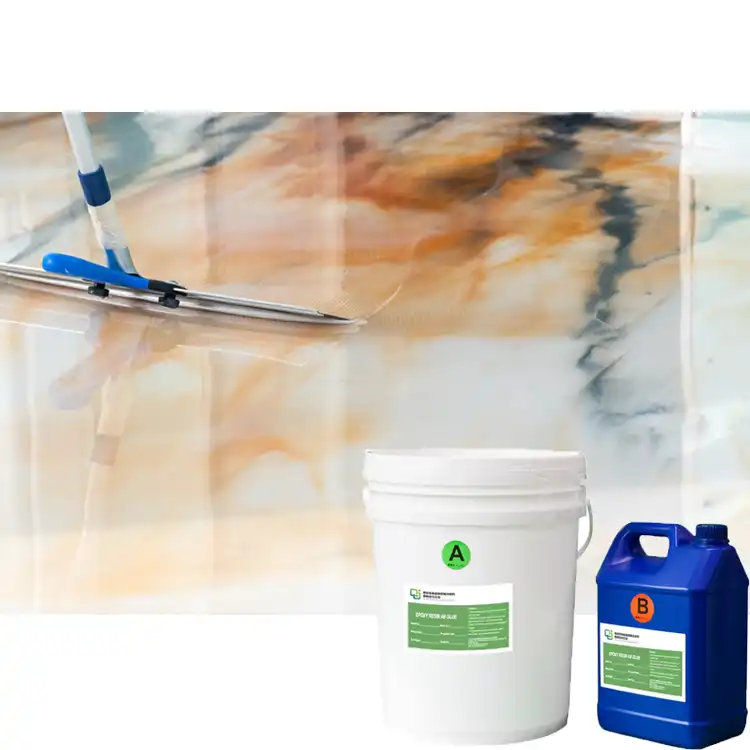
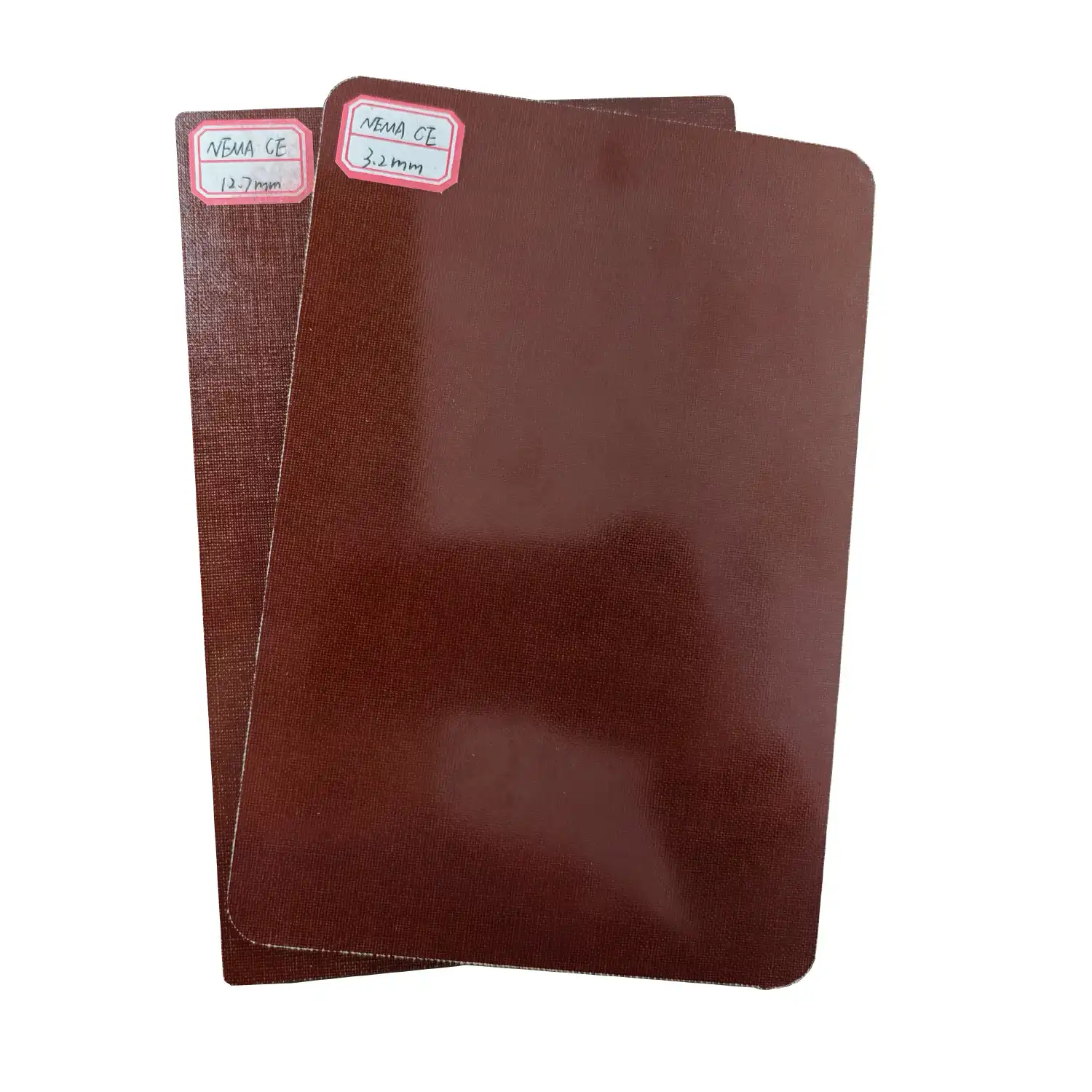
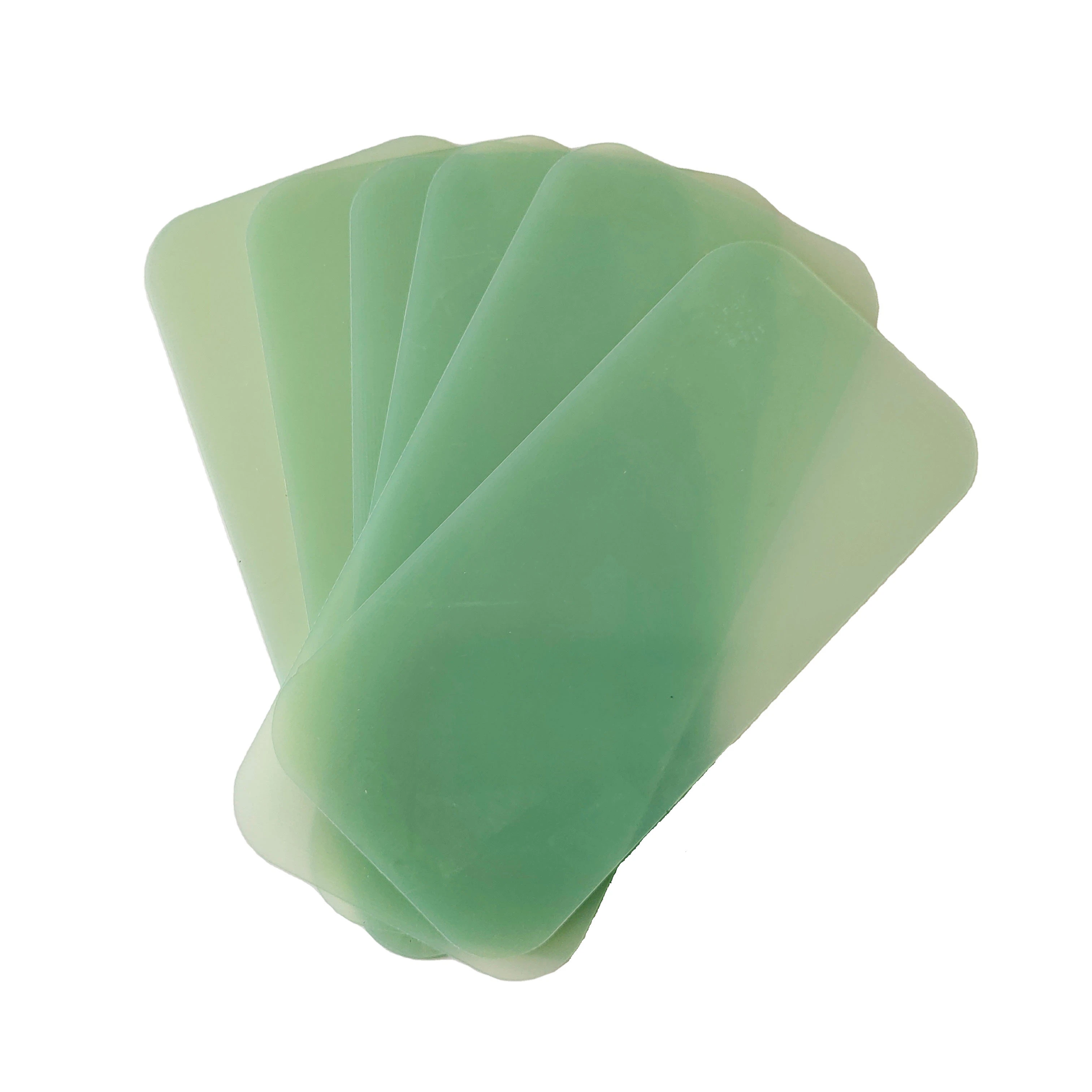
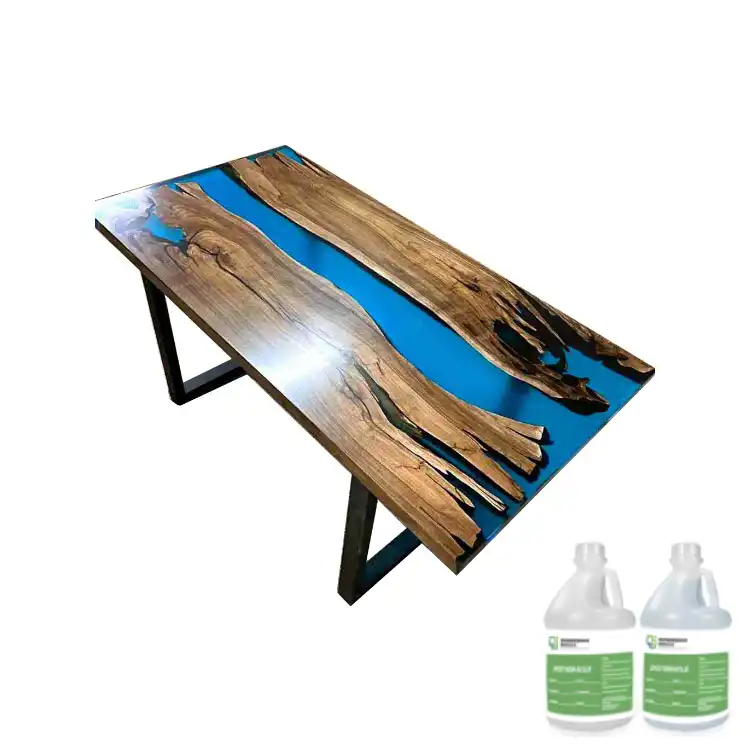
 拷贝.webp)
